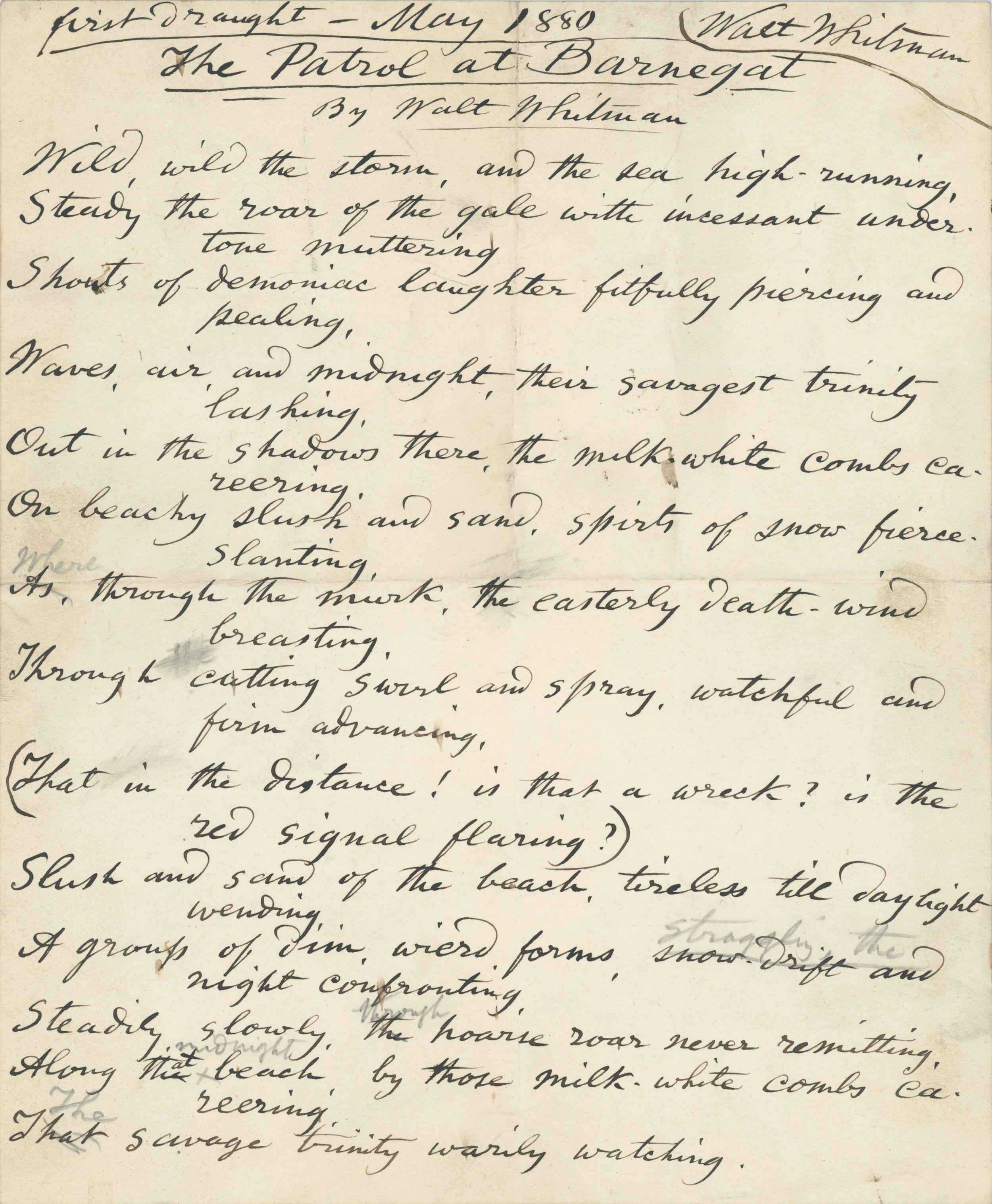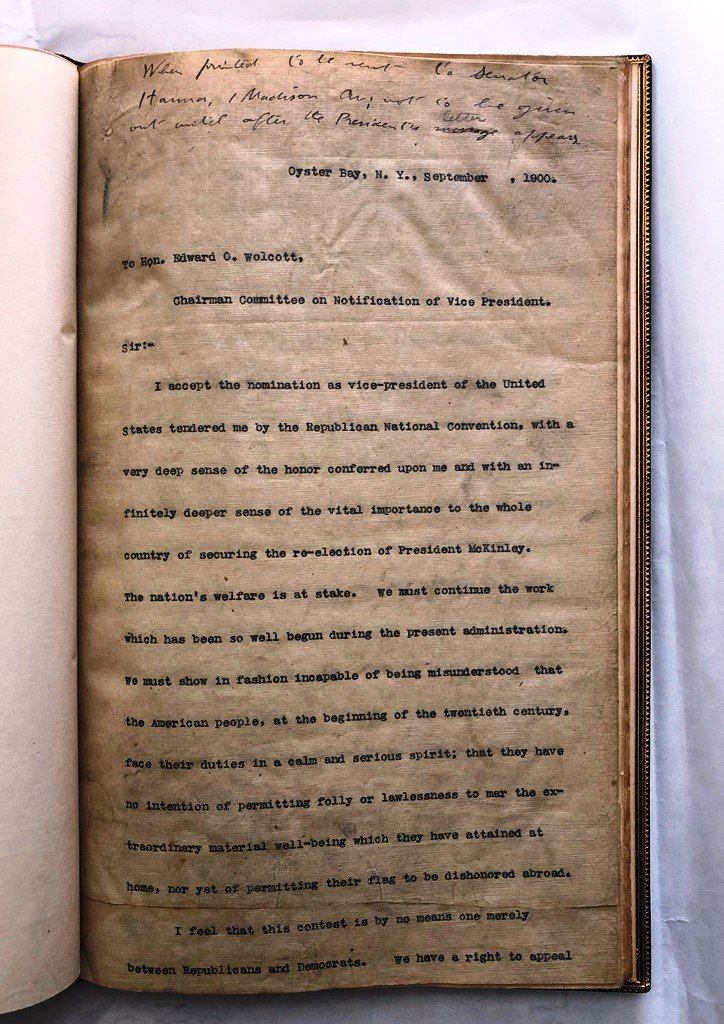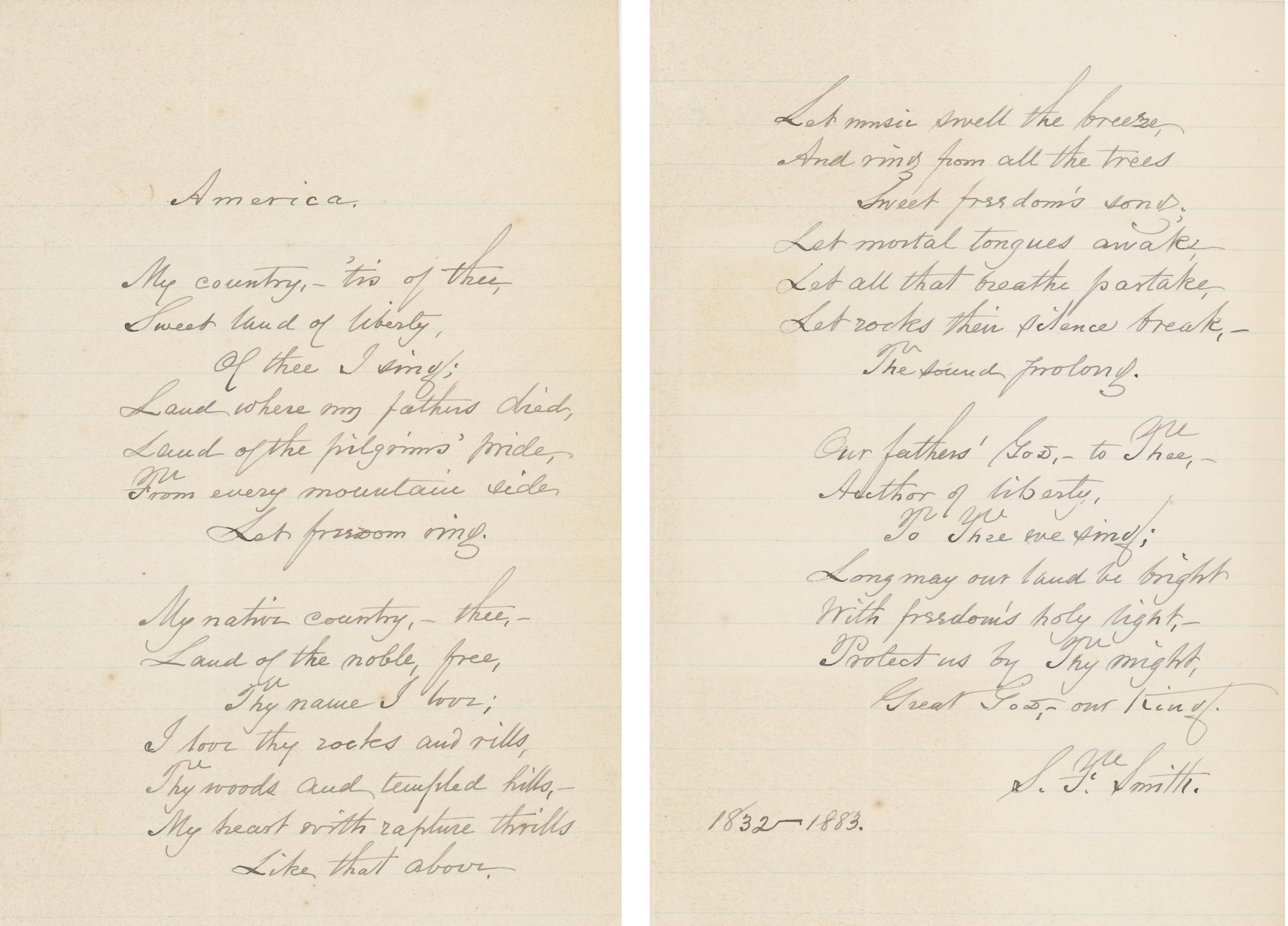Phipps Family History: May I Have Your Autograph?
In addition to its renowned landscape and fine arts collection, Old Westbury Gardens maintains and preserves other cultural resources that evoke the grand pre-war country place era in American history during which the estate was built.
The library in Westbury House contains an interesting collection of books acquired by Jay and Dita Phipps. The collection ranges from rare editions of Lord Byron, Anthony Trollope, and Robert Burns, to popular mid-20th century books like Crusade in Europe (1948) by Dwight D. Eisenhower and Kon-Tiki: Across the Pacific in a Raft (1950) by Thor Heyerdahl.
The Phipps Family Papers Collection at Old Westbury Gardens includes a small yet significant collection of autographs, holographs, and manuscripts signed by notable individuals such as Walt Whitman, Charlotte Brontë, Theodore Roosevelt, and King James II of England.
The collection of such items has a long history and became popular (and profitable) during the mid-19th century.
As with other hobbies, manuscript collectors in the late 1800s and early 1900s emphasized both the intellectual and aspirational benefits of autograph collecting.
…the autograph collector, who extends his interests to the various great and celebrated characters whose letters he possesses, and who become to him, henceforth, intimate associates, since by their correspondence he can enter into their thoughts and feelings, listen to their very words, become familiarized with their manners, and know what they said and did during their most private moments in the seclusion of their households.
Yet, in due course, collectors emphasized the financial gains as exceptionally important to acquiring such documents: “Letters of mere Bishops, Peers, Members of Parliament, etc., unless otherwise distinguished, are quite unsaleable.”
A Manual for the Autograph Collector by Henry T. Scott (1898)

This noble pursuit was contrasted with the less-respected “Autograph Fiend,” a term popularized in America, describing those who pester famous individuals merely for their signatures.
…the discriminating collector accumulates for the benefit of posterity important documents or letters of famous individuals.
Chats on Autographs by A. M. Broadley (1910)
Among the highlights of the collection:
The bulk of the Phipps autograph collection was purchased from the Anderson Auction Company, later absorbed into Sotheby’s.
- Walt Whitman: 1890 manuscript of the first draft of “Patroling Barnegat.”
- Samuel F. Smith: 1883 holograph of “America (My Country, ‘Tis of Thee).”
- Theodore Roosevelt: 1900 typescript speech with handwritten notes on accepting the Republican Vice Presidential nomination.
Questions remain about what motivated the Phipps family to acquire these documents. This will be a research project for archive specialist Drew Fullshire as he continues cataloging the Phipps Collection.

~Paul Hunchak, Director of Public Programs and Visitor Services
